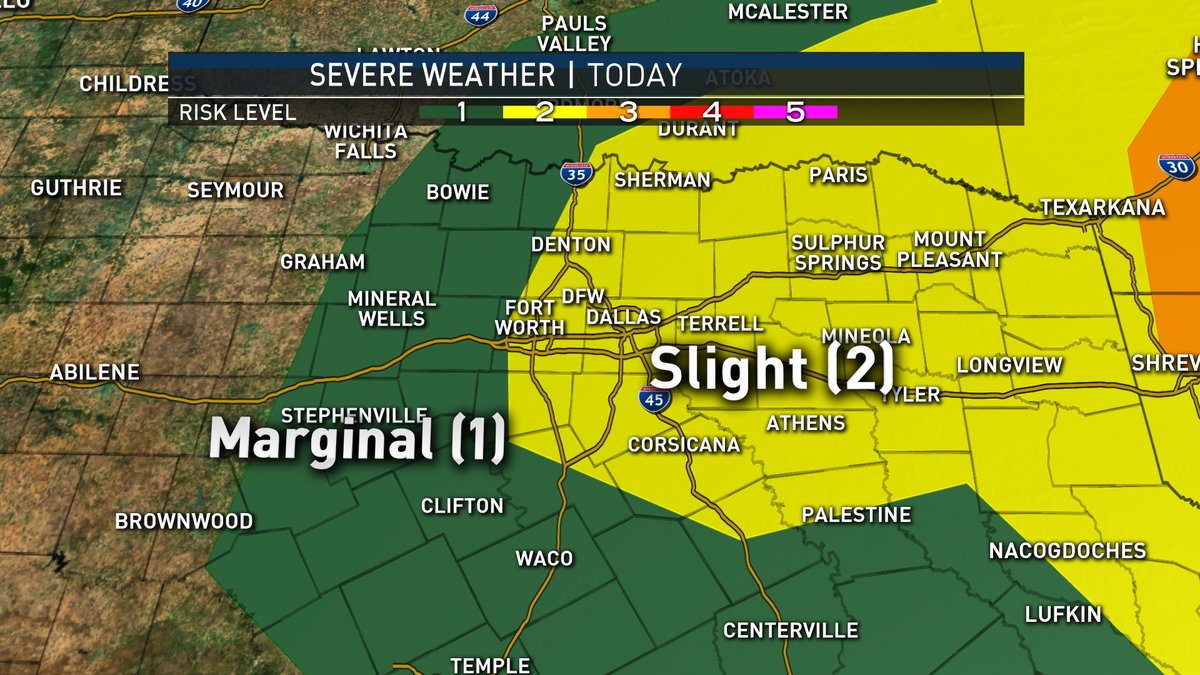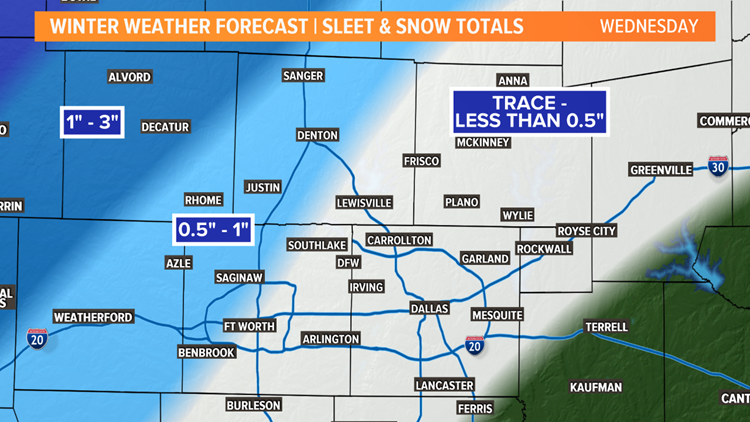

Now the wreckage of a shed or outhouse would move by, followed by a drowned swine or other livestock. Five people died, 4,000 were left homeless, and property damages were estimated at $2.5 million. On, the Trinity River reached a depth of 52.6 feet (16.03 m) and a width of 1.5 miles (2.4 km). Major flooding occurred on the Trinity River in the years 1844, 1866, 1871, and 1890, but a major event in the spring of 1908 set in motion the harnessing of the river. On October 21, 2019, 10 tornadoes touched down in the Dallas-Fort Worth Metroplex, including an EF-3 tornado that devastated areas from North Dallas to Richardson. On December 26, 2015, a rare winter tornado outbreak led to spawning several tornadoes, including an EF-4 tornado near the city of Garland and Rowlett that caused 10 deaths. Another widespread tornado outbreak struck the area in the Dallas tornado outbreak of April 3, 2012, slightly damaging Rangers Ballpark in Arlington and damaging some planes and grounding the others at Dallas/Fort Worth International Airport and Dallas Love Field, heavily damaging an elementary school, and destroying semis in a facility. That day was the Metroplex's most damaging tornado outbreak since the 1957 event. Four people died in Fort Worth as a result of the tornado. On March 28, 2000, the “ Fort Worth Tornado” impacted Dallas's neighbor Fort Worth's downtown, and a tornado in Arlington, Texas also occurred that day damaging some homes. The tornado would have likely been an F3.


Dallas was hit by a powerful tornado on April 2, 1957. Most tornadoes hit the city during the months of April and May. Since Dallas lies at the lower end of the " Tornado Alley", tornadoes have on occasion been a threat to the city. Source 2: Weather Atlas (Average UV index) Ī multiple-vortex tornado outside of Dallas, Texas on April 2, 1957. Source 1: NOAA (sun, relative humidity, and dew point 1961–1990 at DFW Airport) The coldest temperature in most years of the 1991-2020 normals is about 19.1 ☏ (−7.2 ☌), placing Dallas in USDA zone 8b, while the all-time recorded low is −3 ☏ (−19 ☌) on January 18, 1930.Ĭlimate data for Dallas ( Love Field), 1991–2020 normals, extremes 1913–present On average, however, even the coldest month of January is mild, with an average high of 57.7 ☏ (14.3 ☌) and low 37.9 ☏ (3.3 ☌). On the other hand, a couple of times each year, warm and humid air from the south overrides cold, dry air, leading to freezing rain, which often causes major disruptions in the city if the roads and highways become slick. When these fronts meet over north central Texas, severe thunderstorms are generated with spectacular lightning shows, torrents of rain, hail, and occasionally, tornadoes (Dallas is located at the lower-end of the Tornado Alley).ĭuring the winter months of December to March, daytime highs as high as 76.7–85.9 ☏ (24.8–29.9 ☌) are not unusual. In the spring, cool fronts moving south from Canada collide with warm, humid air streaming in from the Gulf Coast. The spring and fall seasons are pleasant in Dallas, as seen in this March photograph from an Oak Cliff park The weather in Dallas is also generally pleasant between late October and early December, and unlike springtime, major storms rarely form in the area.

Springtime weather can be quite volatile, but temperatures themselves are warm on average. Vibrant wildflowers (such as the bluebonnet, Indian paintbrush and other flora) bloom in spring and are planted around the highways throughout Texas. Spring and autumn bring warm weather to the area. Dallas receives approximately 38.3 inches (973 mm) of equivalent rain per year. The average daily low in Dallas is 58.1 ☏ (14.5 ☌) and the average daily high in Dallas is 77.9 ☏ (25.5 ☌). The city's all-time recorded high temperature is 113 ☏ (45 ☌) during the Heat Wave of 1980. During the summer, the region receives warm and dry winds from the north and west, as well as hot, humid air from the Gulf of Mexico. Summers are very hot and humid, with temperatures approaching those of desert and semidesert locations of similar latitude.


 0 kommentar(er)
0 kommentar(er)
